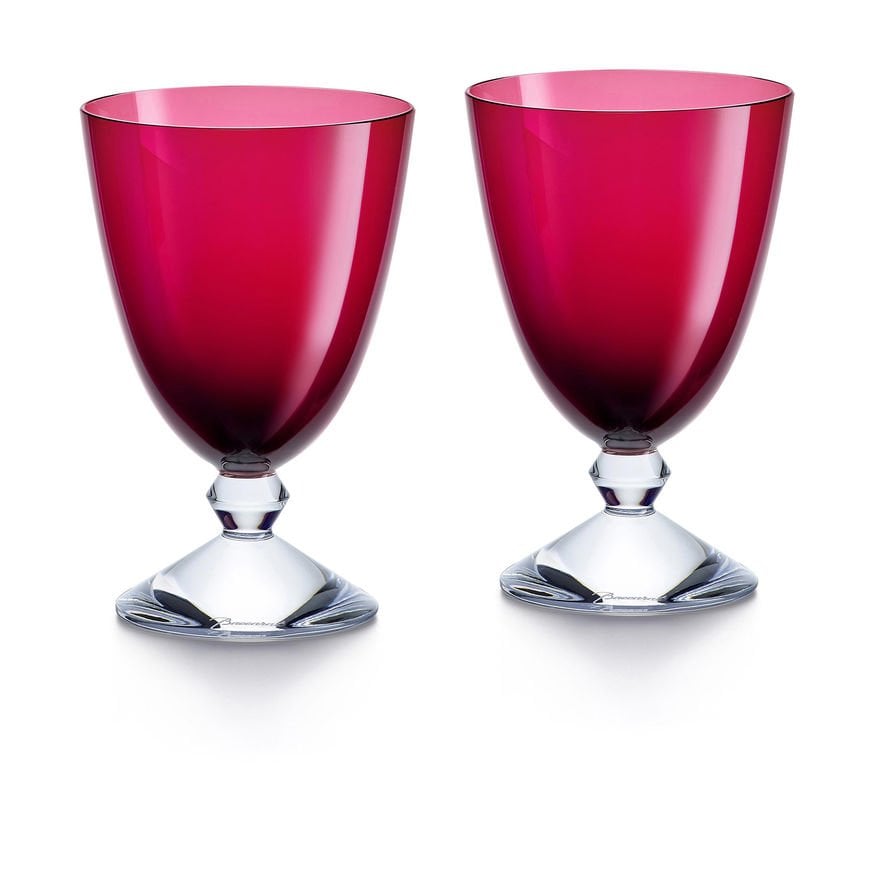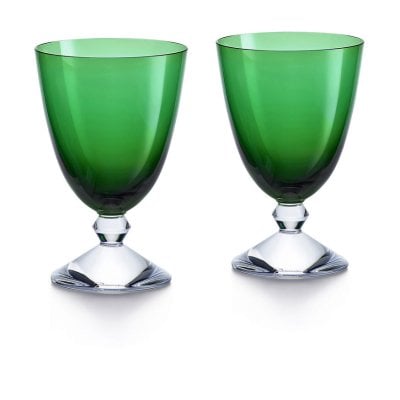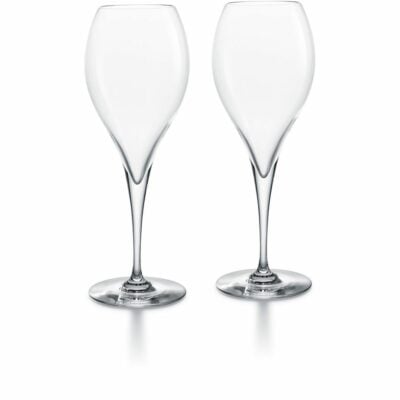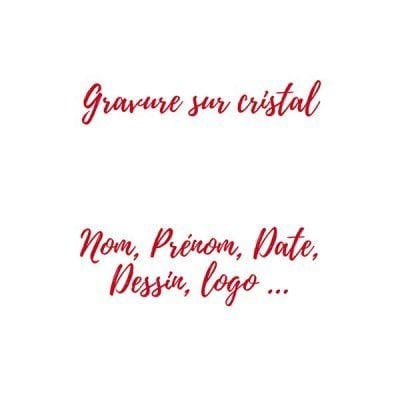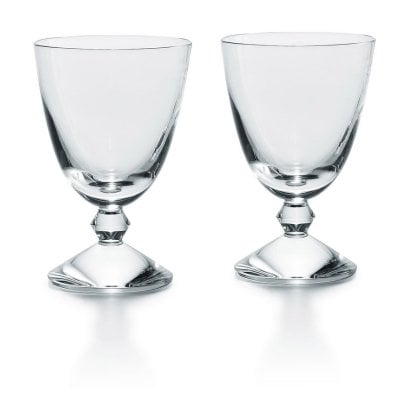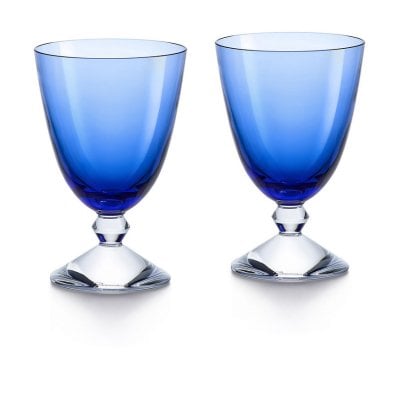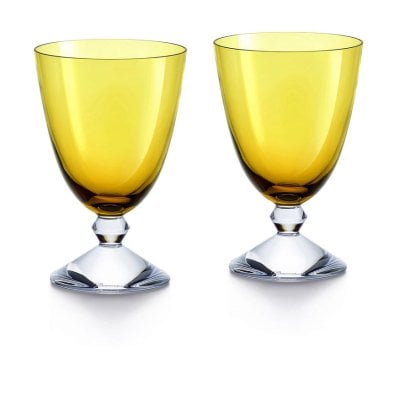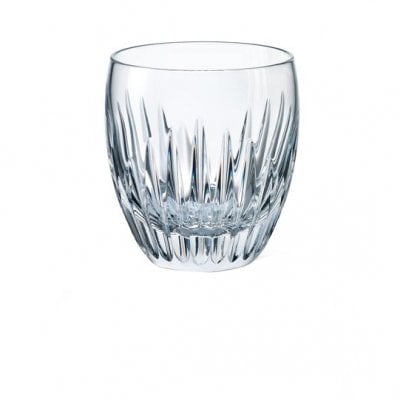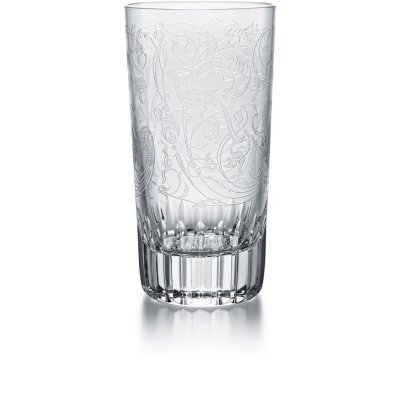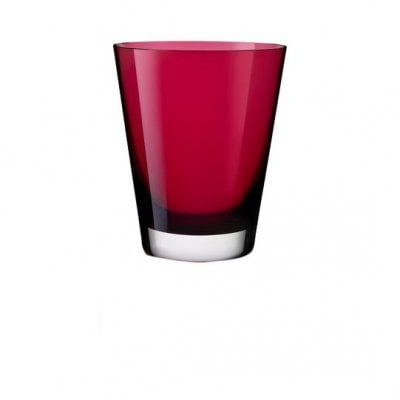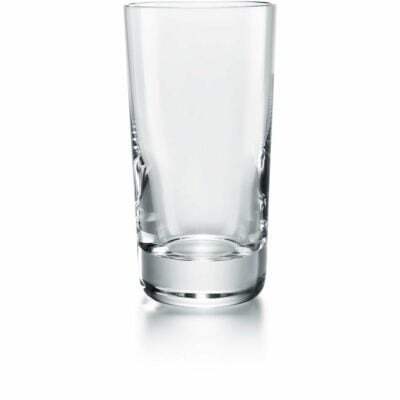WE PROVIDE INSURANCE FOR YOUR ORDER
With more than 138 years of experience, our export team takes the greatest care to package each order. A damaged product? We will send a new one. A lost parcel? We will send a new one. The shipping cost include an insurance break and lost.
CUSTOMER REVIEW
ENJOY TAXFREE
For a delivery outside the European Union, you can pay your order without VAT. Please, use the coupon code FREETAX into your cart.
RECEIVE A GIFT FOR EACH ORDER
We take care of our customers. For each order, you can select a gift in you cart. More you buy, bigger the gift is. Follow this link to discover the gift list.
WIN FIDELITY POINTS
We reward your fidelity. Each order allows you to win fidelity points, that you can use for your next order. Enjoy extra discount. Don't forget to creat an account or to login into it. Learn more ?
ADDITIONNAL INFORMATIONS
SET OF TWO RED SMALL VÉGA GLASS BACCARAT :
SET OF TWO RED SMALL VÉGA GLASS BACCARAT, The design juxtaposes the curvature of the bowl’s contours with the stout angularity of the bevel-cut stem. The stem’s single diamond cut resembles an exquisite piece of hard candy. The Vega collection is designed for Baccarat by Savinel & Rozé. The geometric form of the stem is the signature of the stemware set. The Vega small glass is available in a variety of vivid colors. The more Vega collection also includes a champagne flute, a martini glass, and other bar and tableware.
♦ THE FIRST FRENCH CRYSTAL GLASSWORKS :
On 16 October 1764, Louis XV authorized the creation of what would become the prestigious Baccarat crystal works. Having convinced the king, there remained the question of finding a manufacturing site. The choice fell on Baccarat, a village already known for its drapers. It had space, a willing workforce, but also a river, the Meurthe, which would soon be running through the glassworks and delivering a regular supply of timber floated from upstream. Everything was in place. In 1766, an entire range of glass, mirrors and “Bohemia-style” glassware was produced in the furnaces. While the freshly created enterprise paid little heed to the quality of its production at the time (no crystal strictly speaking!), it prospered nonetheless. But the Revolution and the wars that came in its wake deprived Baccarat of export markets in Europe. With its raw materials requisitioned and the young men making up its workforce being sent to the front, the firm went bankrupt. The factory was bought and sold several times, scraping by until 1816.
It rose from the ashes on this date as a result of Louis XVIII granting Aimé-Gabriel d’Artigues, the owner of the Vonêche crystal works in Belgium, an exemption from customs duties, provided he established a crystal manufacture in France. D’Artigues chose Baccarat where he took over the Sainte-Anne glassworks, converting it into a crystal glassworks.

